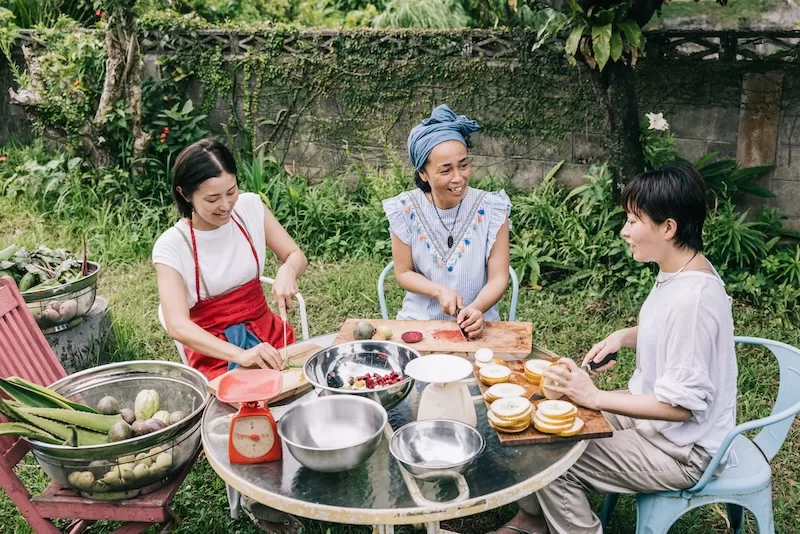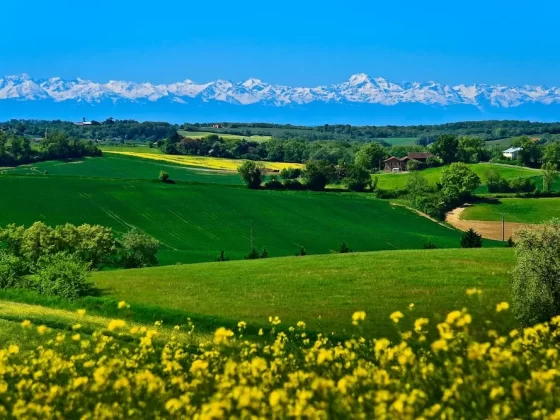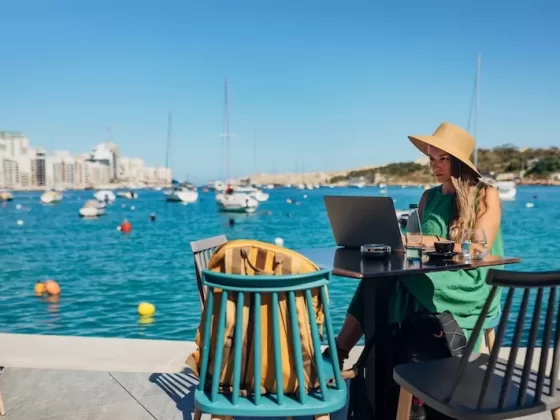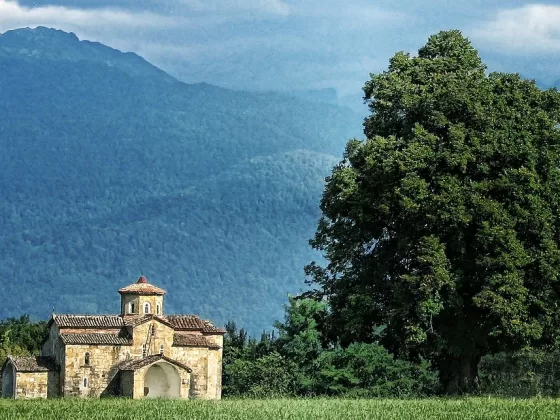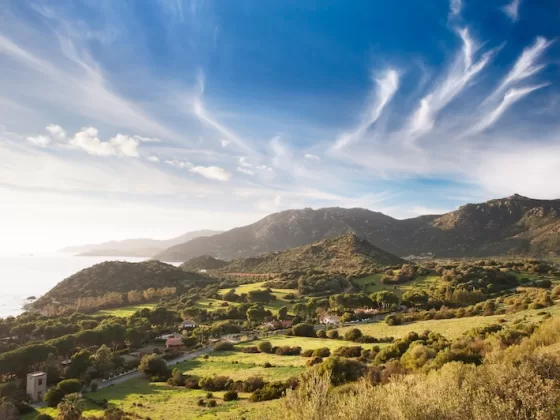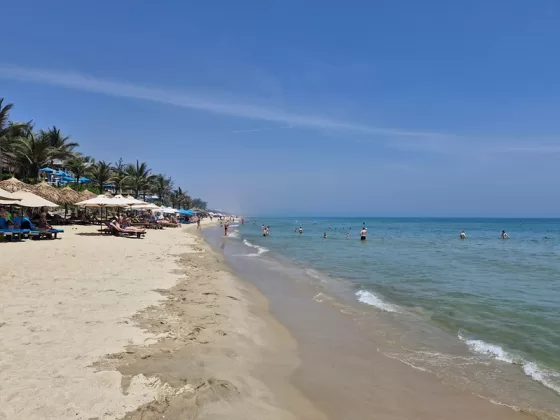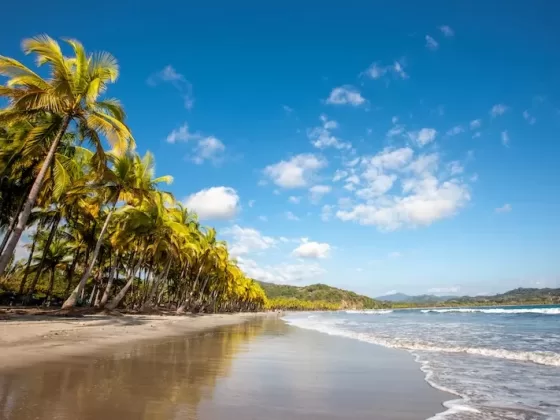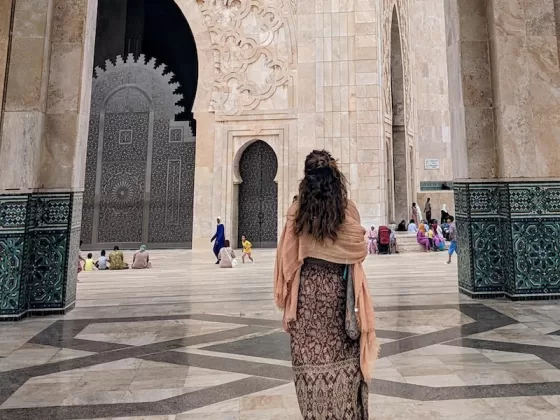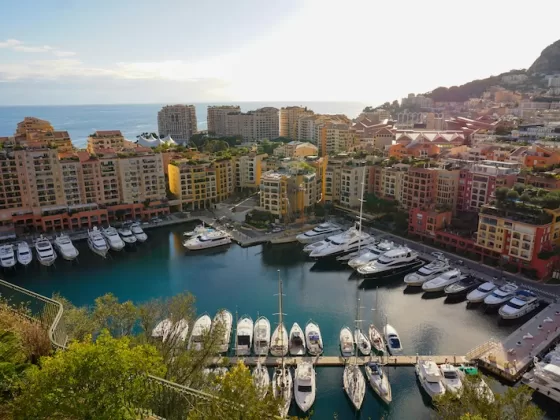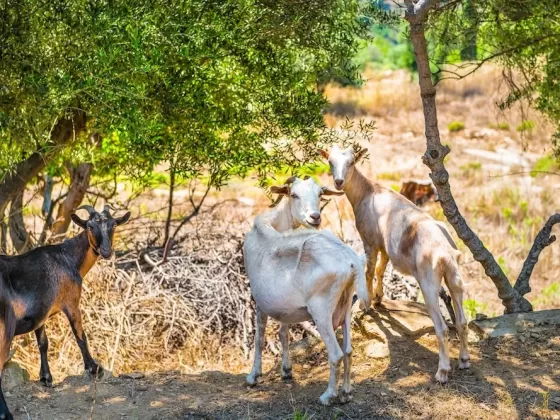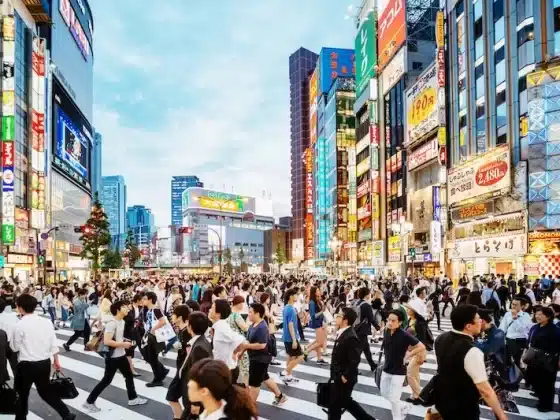Editor’s Note
At Escape Artist, our goal is to uncover the deeper rhythms of life around the world. This month, we launch a new series exploring the planet’s five official Blue Zones: rare places where people live remarkably long, healthy, and fulfilling lives.
Each week, we’ll journey into one of these extraordinary regions to understand how lifestyle, culture, and community shape the art of living well. From the gardens of Okinawa to the hills of Sardinia, these are stories of quiet resilience and timeless wisdom—travel, as ever, with something deeper to offer.
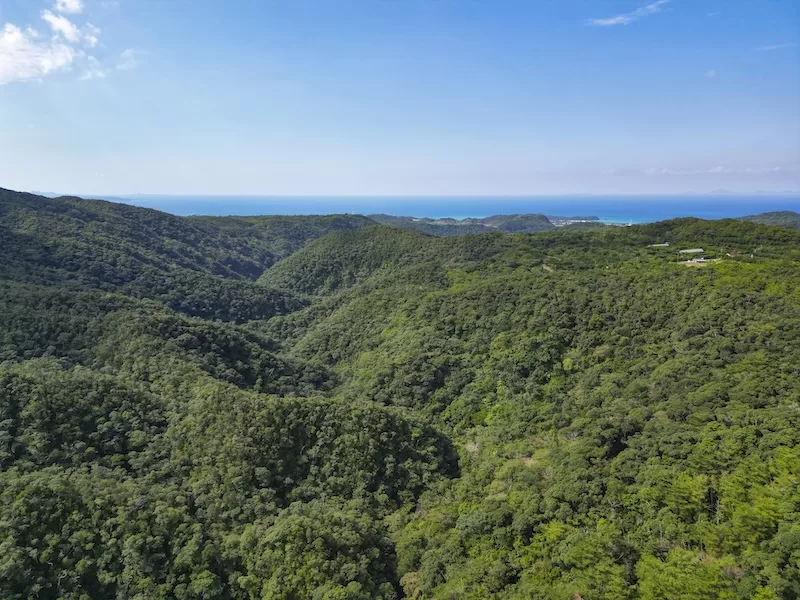
Lessons from Home
My roots stretch deep into the red soil of Okinawa. I spent childhood summers barefoot in my grandmother’s garden, shaded by hibiscus and flame trees, eating purple sweet potatoes roasted over charcoal and swimming in waters so blue they blurred the line between ocean and sky. My family is from here—this island of gentle winds and strong hearts—and their lives have always been a quiet testament to something the world is only just beginning to understand.
Okinawa is one of the world’s five officially recognized Blue Zones, a term coined by longevity researcher Dan Buettner to describe rare regions where people live not only longer, but better. Alongside Sardinia, Ikaria (Greece), Nicoya (Costa Rica), and Loma Linda, California, Okinawa stands out with a remarkable number of centenarians and a population that seems to defy the usual rules of aging.
Read more like this: One Family Discovers the Joys of Life Abroad
But this isn’t a story of medical marvels or miracle genes. The truth is both simpler and more profound: the Okinawan way of life—its food, its friendships, its rhythms and values—offers a timeless blueprint for living well. As I’ve grown older, I’ve come to see these lessons not as exotic traditions, but as urgent wisdom that the modern world has forgotten.
So what, exactly, is it about this island that keeps its people living with such vitality? The answer lies not in any one habit or food, but in a delicate tapestry of cultural threads woven through daily life.
My family is from here—this island of gentle winds and strong hearts—and their lives have always been a quiet testament to something the world is only just beginning to understand.
A History Written in Resilience
Okinawa’s story is one of hardship and endurance. Once the seat of the independent Ryukyu Kingdom, the island has weathered centuries of occupation, war, and trauma. World War II left deep scars—nearly a third of the population perished in the Battle of Okinawa—and the decades that followed were marked by the presence of U.S. military bases and cultural tension with the Japanese mainland.
Yet through it all, Okinawans held fast to their identity. They preserved not only their language and traditions, but also a way of life rooted in connection, mutual care, and an unhurried relationship with time. This quiet resilience—this ability to bend without breaking—may be the most important ingredient in their extraordinary longevity.
Today, Okinawa offers something rare: a culture that has resisted the rush of modernity without turning away from it entirely. Its people live in rhythm with the seasons, the land, and one another. And that rhythm, gentle but persistent, is what keeps them thriving well into their second century.
Today, Okinawa offers something rare: a culture that has resisted the rush of modernity without turning away from it entirely. Its people live in rhythm with the seasons, the land, and one another.
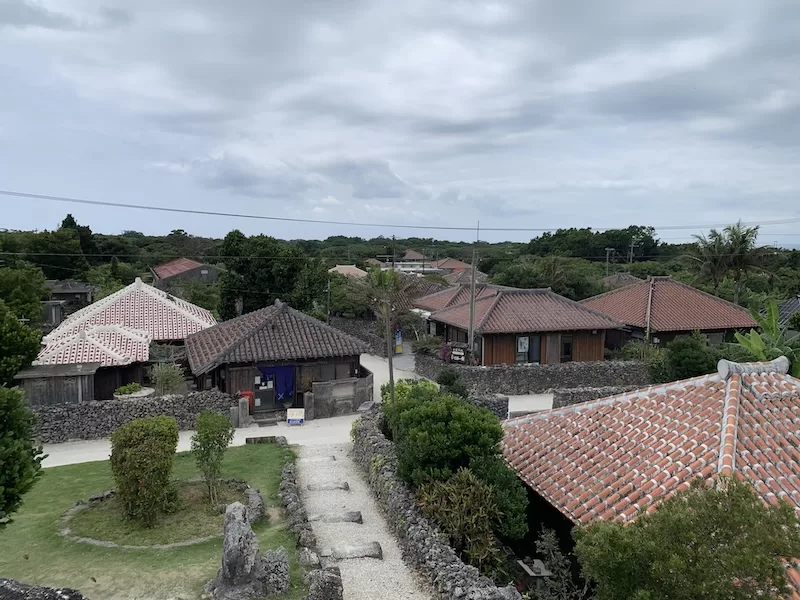
The Four Pillars of Longevity
#1. The Okinawan Diet: Simplicity in Every Bite
At the heart of Okinawan longevity lies a deceptively simple cuisine—one that nourishes body and spirit in equal measure. The traditional Okinawan diet is plant-based, nutrient-rich, and low in calories but high in essential minerals and antioxidants. Where the typical Japanese diet leans heavily on rice and fish, Okinawans favor vegetables, tofu, and their beloved purple sweet potatoes.
Beni-Imo, that vibrant purple tuber, has long been a staple on the island. Creamy, slightly sweet, and rich in antioxidants like anthocyanin (also found in blueberries), it flourished in Okinawa’s typhoon-prone climate where rice could not. Over generations, it became not just a food, but a symbol of endurance and vitality.
Then there is Umibudo, or “sea grapes”—tiny bubbles of seaweed that pop on the tongue like ocean caviar. Rich in calcium, magnesium, and vitamins A, C, and K, they’re a cherished delicacy and colloquially known as “longevity seaweed.”
Shikuwasa, a tart citrus unique to Okinawa, is another standout. Its name means “to eat sour,” and it’s more than just a tangy fruit—it’s loaded with nobiletin, a compound shown to have anti-cancer, anti-inflammatory, and neuroprotective properties.
Read more like this: The Top Expat Destinations 20 Years From Now
Even the famously bitter Goya (bitter melon) is part of the equation. Loathed by some, loved by others, this knobby green fruit helps regulate blood sugar and aids digestion—an unsung hero in a land that prizes balance over indulgence.
But beyond the ingredients themselves is the philosophy of how Okinawans eat. “Hara Hachi Bu”—the practice of eating until 80% full—is a cornerstone of the local approach to food. It’s mindful, restrained, and rooted in the idea that overeating taxes the body unnecessarily. Instead of chasing fullness, Okinawans pause at satisfaction. This simple act of moderation, practiced over a lifetime, may be one of the most effective health tools we never talk about.
Instead of chasing fullness, Okinawans pause at satisfaction. This simple act of moderation, practiced over a lifetime, may be one of the most effective health tools we never talk about.
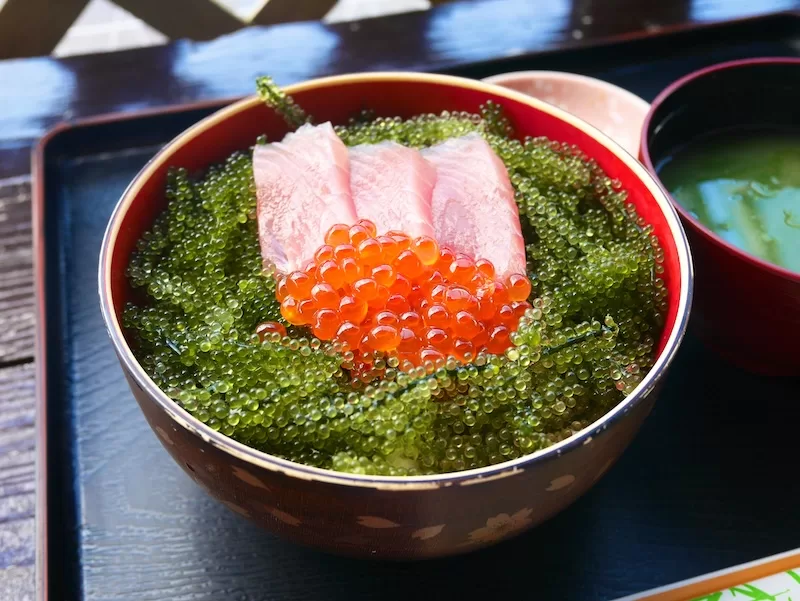
#2. Moai: Friendship That Lasts a Lifetime
If food sustains the body, then friendship sustains the soul. In Okinawa, social connection isn’t a side note, it’s central to survival. And at the heart of this connection lies the concept of Moai.
Originally a financial support group where members pooled resources to help each other through tough times, Moai has evolved into something deeper: a lifelong network of emotional, practical, and social support. Groups meet regularly to share meals, stories, and laughter. They show up in times of grief and celebration alike.
I remember one summer in Yomitan Village. My cousins and I were walking home from the beach when one of them said, “Let’s stop and water the flowers at that house.” Assuming it belonged to a relative (not unlikely—my grandfather had seven siblings), I asked, “Whose house is this?” My cousin shrugged. “Just neighbors. We don’t lock doors here. Everyone helps each other.”
That moment stayed with me. It wasn’t just about trust; it was about belonging. In a Moai, no one is alone. There is always someone to lean on. And in a world where loneliness has become a public health crisis, Okinawa’s model of interdependence feels not just admirable, but essential.
The spirit of “Ichariba chode”—“Once we meet, we are brothers and sisters”—captures it perfectly. It’s not a quaint saying. It’s a lived truth.
In a Moai, no one is alone. There is always someone to lean on. And in a world where loneliness has become a public health crisis, Okinawa’s model of interdependence feels not just admirable, but essential.
#3. Ikigai: A Reason to Wake Up Each Day
In Okinawa, purpose doesn’t retire. It evolves. Known as Ikigai, this “reason for being” is perhaps one of the most powerful forces behind the island’s remarkable health outcomes.
Unlike the career-driven definitions found in the West, Ikigai in Okinawa is broader, softer. It can be gardening, playing music, caring for grandchildren, or preserving traditional crafts. It’s whatever keeps your soul alight.
Many elders here still work their vegetable plots well into their 90s. Their gardens are full of leafy greens and blooming flowers—nourishment for both body and spirit. Others teach eisa drumming or weave bashōfu cloth, sharing skills passed down through generations.
This ongoing contribution to community life not only keeps elders physically active, but deeply valued. And science agrees: studies show that having a strong sense of purpose reduces inflammation, lowers cortisol levels, and even improves cardiovascular health. In Okinawa, Ikigai isn’t something you chase. It’s something you nurture—and it sustains you in return.
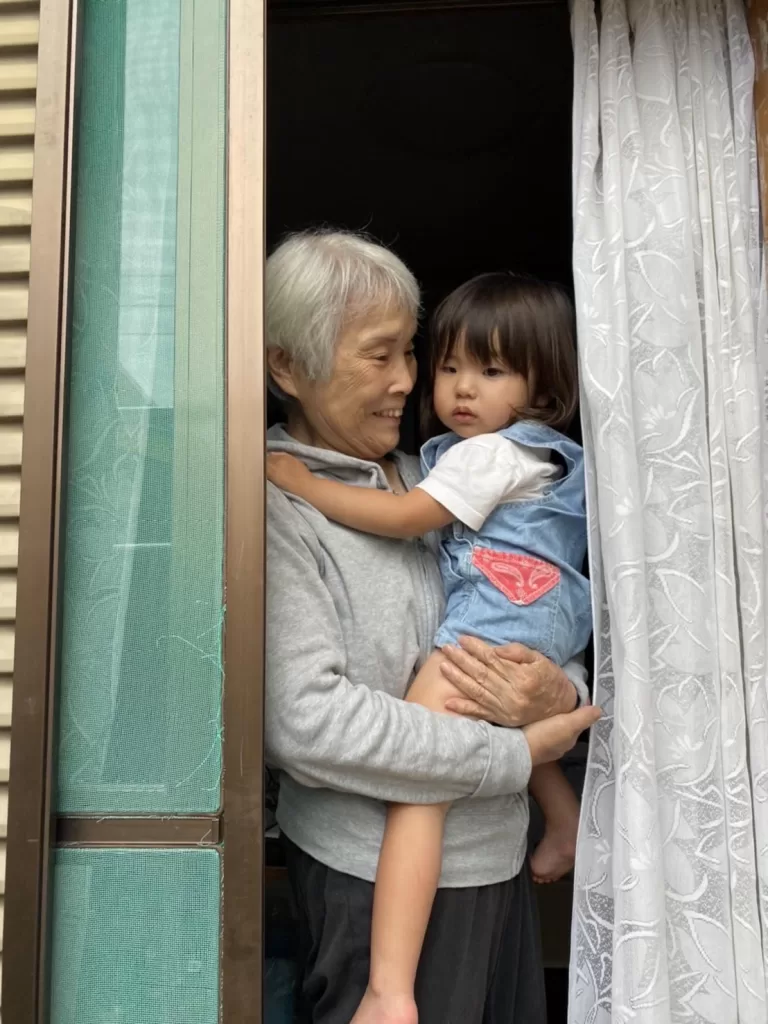
#4. Nuchi Gusui: Life as Medicine
“Nuchi gusui”—life is medicine. It’s a phrase you’ll hear often in Okinawa, and it speaks to the island’s holistic approach to wellness. Here, healing doesn’t come from pills or protocols. It comes from connection, joy, and a profound respect for nature.
Unlike the strict schedules of mainland Japan, Okinawan life flows with the tides and seasons. Punctuality takes a back seat to presence. There is space to linger over tea, to chat with neighbors, to watch the wind stir the trees.
Nature isn’t just scenery—it’s sanctuary. Locals practice Shinrin-yoku, or forest bathing, walking through groves and trails to let the senses recalibrate. Others take part in Uchina yoga, gentle stretches practiced outdoors, often by the sea. These daily rituals keep even the oldest residents active, balanced, and bathed in sunlight.
There’s no obsession with perfection. No pressure to optimize every moment. Just a quiet faith in life’s natural rhythms. And in that surrender, there is peace.
There’s no obsession with perfection. No pressure to optimize every moment. Just a quiet faith in life’s natural rhythms. And in that surrender, there is peace.
A Homecoming in Motion
In recent years, a slow migration has begun. Disenchanted with the high-stress, high-cost lifestyles of Tokyo and Osaka, some mainland Japanese are seeking refuge in Okinawa. Drawn by its lower cost of living, slower pace, and community ethos, they’re choosing to trade commutes and concrete for coral beaches and early morning markets.
Remote workers, retirees, and those simply craving more meaningful lives are finding their way here. But Okinawa isn’t without its challenges. The job market is limited, especially for younger professionals. Salaries are lower, and the economy still leans heavily on tourism.
Still, the island’s promise—a life centered on health, community, and joy—is enough for many to stay. For others, like me, who carry Okinawa in our bones, the pull is constant. A home not just in place, but in philosophy.
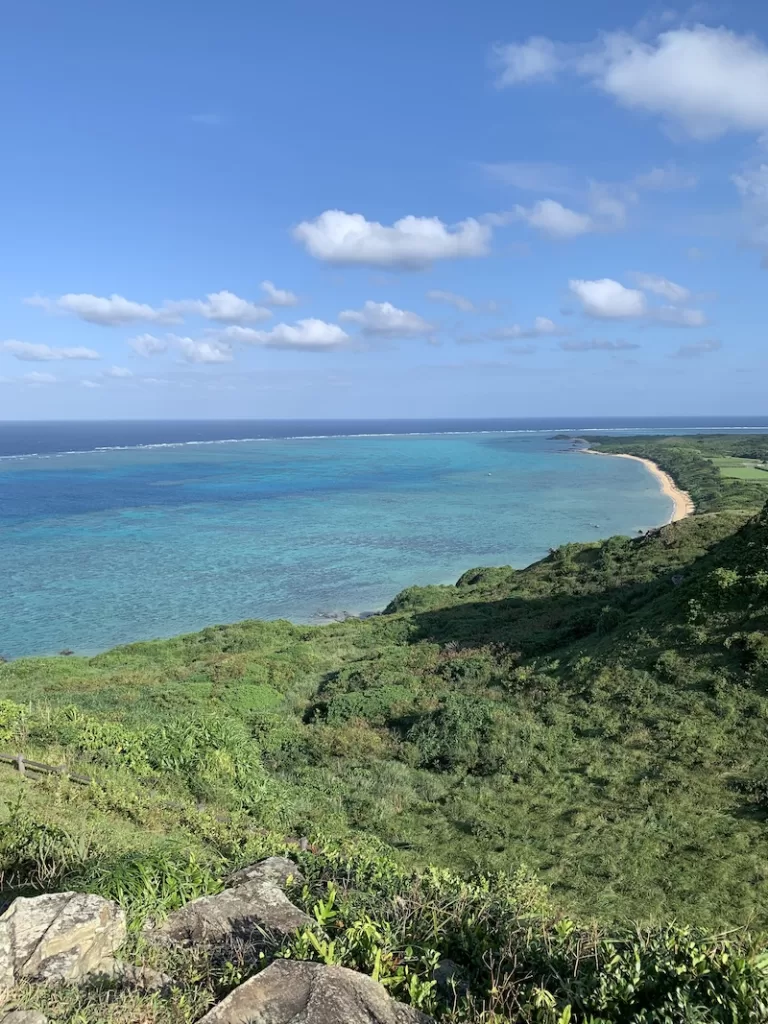
Lessons the World Can Learn
There’s no one path to a long life. But in Okinawa, the road is lined with flowers, friends, and purpose. It’s not a lifestyle curated for social media. It’s not about green juice or 10-step morning routines. It’s something older. Quieter. Wiser.
Eat mindfully. Move gently. Stay connected. Find joy in tending your garden or teaching a song. Trust your body. Trust your people. Trust time. In Okinawa, there is no secret. Just truth, lived daily and passed down with love. And perhaps, that’s the most powerful medicine of all.
Stay updated with the latest news and trends from around the world. Subscribe now for in-depth analysis and real-time updates!
————————
Maiko Takama is a freelance writer specializing in sustainability and social issues. She is also the founder of Public Ecology, a sustainable knitwear brand. Originally from Kyoto, Japan, she is now based in Helsinki, Finland.
